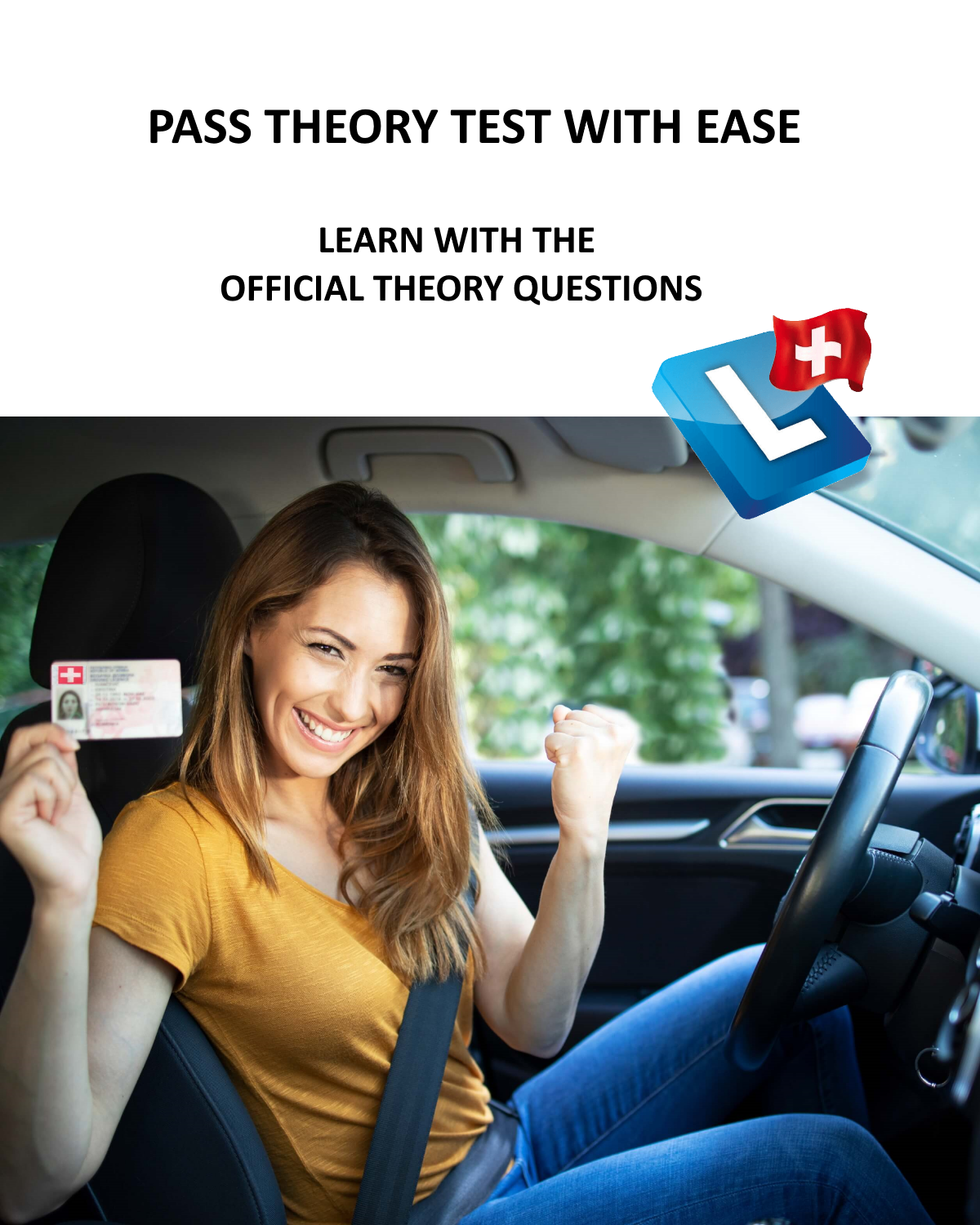Parking
Parking is the parking of a vehicle which does not merely serve the purpose of letting people in and out of the vehicle or the handling of goods.
Parking: Signals and markings
The signals “Parking with parking disc” and “End of parking with parking disc” mark the beginning and end of traffic areas where drivers of motor vehicles must use a parking disc when parking.
Auto Theorie AppWithout additional display of a time restriction (Blue Zone), vehicles may be parked for one hour on weekdays with an arrival time between 08.00 and 11.30 hrs and between 13.30 and 18.00 hrs. If the arrival time is between 11.30 a.m. and 1.30 p.m., the parking permit is valid until 2.30 p.m., if the arrival time is between 6 p.m. and 8 a.m., until 9 a.m.. If the restriction also applies on Sundays and public holidays, this will be indicated on an additional sign Fields in the “Blue Zone”, in which a parking disc must be affixed when parking, are marked by blue lines.
Parking spaces are marked by white, in special cases by blue or yellow, unbroken lines.
Spaces that are only available to a certain group of people are marked with yellow lines.
Where parking spaces are marked, vehicles may only be parked within these spaces.
Parking spaces may only be used by the type of vehicle for which they are intended in terms of size.
No-parking lines” and “No-parking spaces” marked on the edge of the carriageway prohibit parking in the marked area.
The “pay parking” signal indicates parking spaces where motor vehicles may only be parked for a fee and in accordance with the regulations noted on the parking meter.
The signal “Parking garage” indicates covered parking areas.
Instead of motor vehicles, other multi-track motor vehicles, motorbikes with sidecars and other vehicles of similar dimensions may be parked in signalled parking spaces, provided that the parking disc is clearly visible or the parking fee is paid.
The “No Parking” signal prohibits the parking of vehicles on the signalised side of the carriageway.
The signal “Parking place for broken-down vehicles” indicates places designated for emergency stops on motorways and highways without breakdown lanes. Voluntary stopping and parking is prohibited.
The reservation of parking spaces by persons, objects or other arrangements is not permitted.
If the parking of motor vehicles is limited in time, they must be reintroduced into traffic at the latest at the expiry of the permitted parking time, unless additional payment before the expiry of the parking time is permitted in accordance with the provisions noted on the parking meter. Simply moving the motor vehicle to another nearby parking space is not permitted.
The “Parking permitted” signal indicates parking areas. Restrictions on parking time and parking permits as well as parking regulations may be indicated on an additional sign.
Vehicles must be removed from public roads and parking areas if they could obstruct an upcoming snow clearance operation
Loading / unloading and loading / unloading on the pavement
Loading and unloading must be completed without delay.
Where is parking prohibited?
Parking is prohibited where stopping is forbidden
Parking on main roads
Parking on main roads outside built-up areas is prohibited.
Parking on main roads in built-up areas is prohibited if there is not enough space for two motor vehicles to cross.
Parking on cycle lanes
Parking on cycle lanes and on the carriageway next to such lanes is prohibited.
Parking at level crossings
Parking is prohibited closer than 50 m for level crossings outside built-up areas and closer than 20 m for level crossings inside built-up areas.
Parking on bridges
Parking on bridges is prohibited
Parking in front of access roads
Parking is prohibited in front of driveways to other people’s buildings or properties.
Parking in narrow streets
In narrow streets, vehicles may only be parked on one side if this would make it difficult for other vehicles to pass.
Parking must be space-saving, but must not obstruct the departure of other vehicles.
Parking on the pavement
Parking on the pavement is prohibited unless expressly permitted by signals or markings. In the absence of such signals, vehicles may only stop on the pavement for the purpose of transferring goods or allowing people to get on and off; a space of at least 1.50 m must always be left free for pedestrians. The loading activity and the letting in and out of vehicles must be completed without delay.
Parking / parking without licence plates
Vehicles without the required number plates may not be parked on public roads or parking areas, with the exception of public parking areas belonging to private owners who permit parking. The competent authority may grant exceptions in special cases
Parking on public property at night
Anyone who regularly parks his or her vehicle in the same place on public roads and car parks at night requires a permit, unless the competent authority waives this requirement.
No-parking zones
“No Parking Fields” prohibit parking in the marked location. If the no-parking zone bears an inscription (e.g. “Taxi” or control plate number), the entry and exit of persons and the transfer of goods are only permitted if the authorised vehicles are not obstructed.



